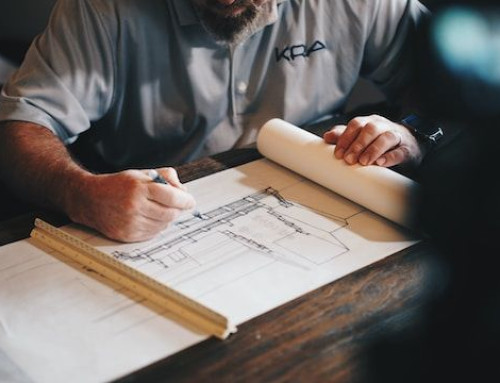What you need to know about the Nice Classification
When registering a trademark, it is necessary to establish a classification in order to facilitate consultations both for companies and for the official patent and trademark offices themselves. One of the best known methods for this is the Nice Classification.
This international classification model is used to identify the products and services under which the different trademarks are related and registered, and it is also an essential requirement at the Spanish Patent and Trademark Office.
The advantages of the Nice Classification
The use of the Nice Classification by patent and trademark offices allows the filing of applications by reference to a single classification system. As a result, the preparation of applications is considerably simplified, so that the goods or services to which a mark applies will be classified in the same way in all countries adopting this classification.
The plurality of languages in this organisational model is another advantage, saving applicants time and effort when they have to file a list of goods and services in a language other than that of the country where they are registering their application.
Structure of the Nice Classification
The Nice Classification consists of a list of 45 classes indicating to which category each of the goods and services belongs, and an alphabetical list of these classes. Each of these classes is accompanied, where appropriate, by explanatory notes describing in more detail the type of goods or services included in each class. The first 34 classes are goods, the remaining 11 are services.
For companies, especially SMEs, it is very useful to know this structure when they want to register their trademark, as making mistakes in the application would mean that the legal protection granted would be null and void as it would not be placed in the correct class.
The origin
This international classification of goods and services was established in 1957 following an arrangement concluded at the Diplomatic Conference held in Nice. A treaty administered by the World Intellectual Property Organisation (WIPO), it is mandatory for all countries that ratified the agreement. As of January 2019, 85 states already use this model.
The classification is updated every five years, with the latest revised edition published in 2022.
At Lidermark, as official patent and trademark attorneys, we provide you with all the information and advice you need to register your trademark.






Leave A Comment